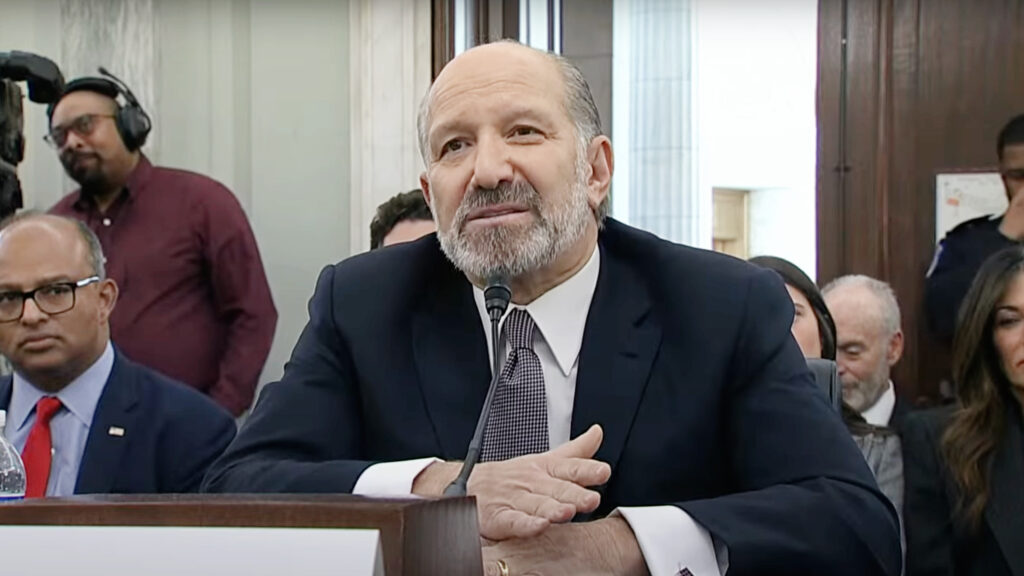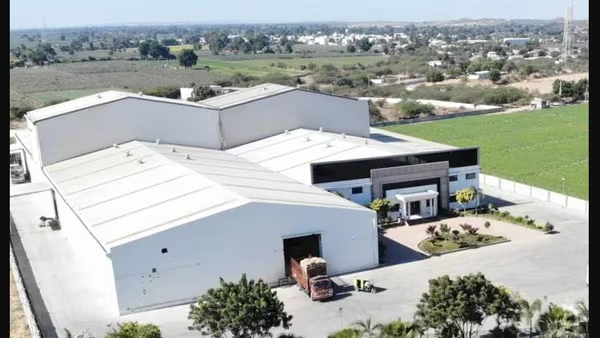Lutnick Update Expected This Week: U.S. Commerce Secretary Howard Lutnick says an update is coming this week on Japan’s $550 billion investment pledge. Explore what sectors benefit—semiconductors, rare earths, pharma—analyst insights, investor scenarios, FAQs, and what this historic deal means for the American economy.
1. 📢 The Breaking News: What Did Lutnick Announce?
U.S. Commerce Secretary Howard Lutnick revealed that an official update is coming this week regarding Japan’s $550 billion investment pledge in the United States.
This follows the July 2025 trade agreement, where the U.S. agreed to cut tariffs on Japanese imports to 15% in exchange for Japan promising to channel $550 billion into American industries.
🔍 Key Sectors in Focus:
- Semiconductors – strengthening U.S. chip supply chains.
- Pharmaceuticals & Antibiotics – reducing dependency on foreign manufacturing.
- Rare Earth Minerals – critical for defense and EVs.
- Energy & Shipbuilding – ensuring industrial resilience.
A senior Japanese envoy, Ryosei Akazawa, is expected in Washington soon to finalize terms on profit-sharing and financing structure.
2. 📜 Why This Investment Matters – Context & Background
This is not just another trade deal—it’s one of the largest foreign investment commitments in U.S. history.
| Year/Month | Development | Significance |
|---|---|---|
| July 2025 | U.S.–Japan trade agreement signed | Tariffs cut to 15%, Japan pledges $550B |
| Aug 2025 | Disputes emerge over profit-sharing | U.S. claims 90%, Japan disputes terms |
| This Week | Lutnick confirms update coming | Key details expected on structure & execution |
| Sep 2025 | Possible launch phase | Projects could start rolling out |
🔑 Historical Comparison
- Unlike Toyota or Honda’s earlier U.S. plant investments (private-driven), this deal is state-driven and policy-linked.
- Analysts call it “a quasi-sovereign wealth fund”—where Japan provides financing, but the U.S. directs strategic industries.
3. 📊 Analyst Insights – Different Takes
📰 Wall Street Journal
- Sees this as the U.S. building a shadow sovereign wealth fund.
- Japan provides the money, the U.S. controls where it goes.
- Suggested projects: U.S.-based semiconductor fabs, rare-earth mines.
📰 Financial Times
- Cautions that Japan and the U.S. are not aligned.
- Tokyo views the pledge as “conceptual,” not binding.
- Profit-sharing (90% to U.S. vs risk-based share to Japan) still unclear.
📰 Reuters
- Notes that Japanese officials prefer flexibility.
- Less emphasis on strict contracts, more on political goodwill.
📰 Axios
- Raises concerns: $550B = 14% of Japan’s GDP.
- Without governance clarity, execution could be messy.
4. 🔮 Scenarios for U.S. Investors
📈 Scenario 1: Tech & Semiconductors
- Positive: U.S. chipmakers like Intel, Micron benefit from capital inflows.
- Risk: If Japan’s role is limited to loans, benefits may not be immediate.
⚡ Scenario 2: Rare Earth & Defense
- Winners: Rare earth mining companies in Nevada & California.
- Risk: Global competition and environmental hurdles.
💊 Scenario 3: Pharmaceuticals & Biotech
- Upside: Funding to U.S. antibiotic and vaccine makers.
- Caution: Regulatory delays may slow impact.
🏗️ Scenario 4: Infrastructure & Energy
- Upside: Shipbuilding, clean energy projects may surge.
- Challenge: Profit-split disputes could delay rollout.
5. 👥 Investor Examples – Easy-to-Relate Cases
- Case 1 – Tech Enthusiast (ETF Holder)
John, a retail investor, buys semiconductor ETFs (SMH, SOXX). If the deal directs billions into U.S. fabs, John’s holdings could outperform. - Case 2 – Rare Earth Risk-Taker
Lisa invests in MP Materials (rare earth miner). If Japan’s funds go into mining projects, demand for U.S. rare-earth capacity could skyrocket. - Case 3 – Conservative Bond Investor
Mark holds U.S. Treasury ETFs. If Japan’s investments lower U.S. fiscal risks, bond stability improves—making his portfolio safer.
6. 📌 Comparisons with Past Deals
| Deal/Investment | Type | Scale | Difference from Japan’s $550B |
|---|---|---|---|
| Toyota/Honda U.S. plants | Private | $5–10B | Market-driven, not policy-tied |
| SoftBank’s U.S. AI/Tech funding | Private | $20B | Venture-style, risk capital |
| Samsung Texas Chip Plant | Private | $25B | Corporate-driven, no policy linkage |
| Japan $550B Deal | Government-linked | $550B | Largest, policy-tied, strategic industries |
7. 🧠 Analyst & Policy Insights
- Strategic Play: U.S. may use Japanese capital to rebuild industrial capacity.
- Political Edge: Trump administration touts this as a win for American workers.
- Investor Takeaway: Expect volatility in semiconductor, rare earth, and defense stocks as details emerge.
8. ❓ FAQs – Quick Answers for Investors
Q1. Is Japan really investing $550B?
➡️ Yes, but details are vague. It’s a mix of loans, guarantees, and equity stakes.
Q2. Which industries benefit first?
➡️ Likely semiconductors, rare earths, pharma.
Q3. Is the profit split confirmed?
➡️ No. The U.S. says 90/10 split, Japan disagrees.
Q4. When will projects start?
➡️ Possibly late 2025, depending on formal agreements.
Q5. Could this fail?
➡️ Yes, if disputes on profit-sharing and execution persist.
9. 🚀 Bottom Line for U.S. Investors
- Stay tuned: Lutnick’s update will clarify crucial details this week.
- Sectors to watch: Semiconductors, defense, pharma, rare earths.
- Long-term view: If executed, this deal could reshape U.S. industrial power for decades.
- Caution: Until official agreements are signed, expect market speculation and volatility.






